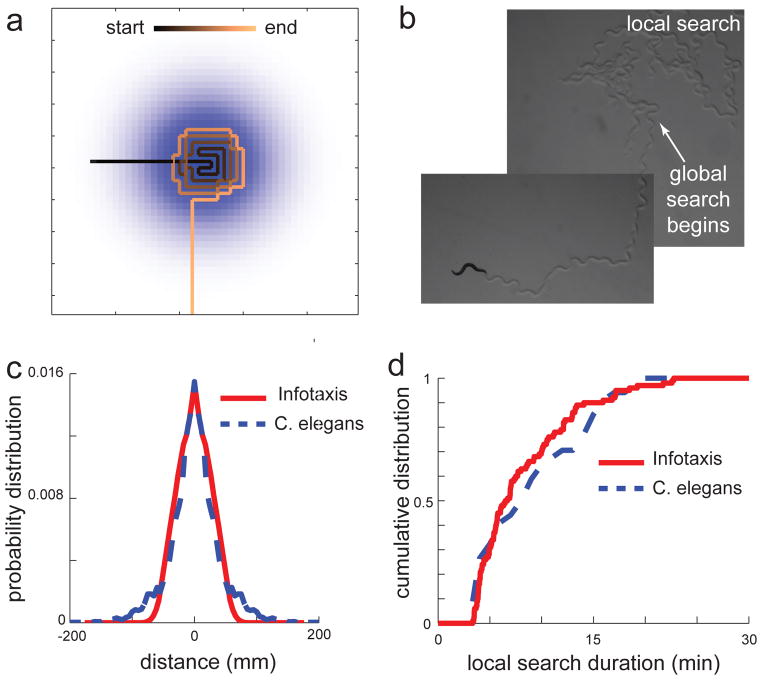Figure 1. Information maximization explains transition between tasks in the absence of new sensory stimuli.
(a) Example infotaxis trajectory exhibits a transition from local search to global search. The background color-map shows the initial probability distribution of target locations. Search proceeds following an expectation of odor detection but eventually transitions towards straight motion away from the initial maximum. (b) Similar behavior is observed in the case of C. elegans once they are removed from a patch of bacteria. The initial trajectory has lots of turns. After approximately 15 minutes, the animal stops turning and moves away from the local area. (c) Information maximization accounts for the spatial distribution of worm positions at the end of the local search. (d) Information maximization accounts for the duration of local search in C. elegans.

